FunWhole F9015 Medieval Market Building Block
$ 274.72
Warning: can not eat
Age Range: > 6 years old
Certification: 3C
Material: Plastic ABS
No original box
SKU: BRC-FunWhole F9015
Categories: MOULDKING Creative Series, MOULDKING Modular Building Series
Tags: Creative, creator, Market, Medieval, Modular Building
✅ FunWhole F9015 Medieval Market
✅A medieval market, also known as a medieval fair or marketplace, was a central hub of economic and social activity in medieval European towns and villages. These markets played a crucial role in medieval society, facilitating trade, commerce, and the exchange of goods and services. They were vibrant places where merchants, craftsmen, and farmers came together to sell their products, and where people from different walks of life gathered to buy, barter, and socialize.
🚫 IMPORTANT!
Product Name: Medieval Market
Category: Creator
This Kit Contains: FunWhole F9015
2614 pcs Good Quality Bricks
Manual Instructions
📌Nature of the protagonist
Introducing our proud collection named “Medieval Market” you should not miss.
Medieval markets were typically held in the center of towns or near important landmarks, such as churches or castles. The location made them easily accessible to both locals and travelers. Merchants and vendors set up stalls and booths to display and sell their goods. These could include textiles, food items, spices, leather goods, pottery, metalwork, and more. Craftsmen and artisans often formed guilds and had designated areas in the market where they displayed their specialized products, such as armor, weapons, and ornate crafts.
✅A medieval market, also known as a medieval fair or marketplace, was a central hub of economic and social activity in medieval European towns and villages. These markets played a crucial role in medieval society, facilitating trade, commerce, and the exchange of goods and services. They were vibrant places where merchants, craftsmen, and farmers came together to sell their products, and where people from different walks of life gathered to buy, barter, and socialize.
🚫 IMPORTANT!
Product Name: Medieval Market
Category: Creator
This Kit Contains: FunWhole F9015
2614 pcs Good Quality Bricks
Manual Instructions
📌Nature of the protagonist
Introducing our proud collection named “Medieval Market” you should not miss.
Medieval markets were typically held in the center of towns or near important landmarks, such as churches or castles. The location made them easily accessible to both locals and travelers. Merchants and vendors set up stalls and booths to display and sell their goods. These could include textiles, food items, spices, leather goods, pottery, metalwork, and more. Craftsmen and artisans often formed guilds and had designated areas in the market where they displayed their specialized products, such as armor, weapons, and ornate crafts.
Be the first to review “FunWhole F9015 Medieval Market Building Block” Cancel reply
DELIVERY & RETURN policy:
- Provide free missing pieces and manual
- In the process of shipping, if problems arise, we will try to resolve them, we hope you check your email for information.
- CANCEL Order: If you want to cancel your order, you need to contact us as soon as possible. We cannot stop your orders after 12 hours of submission.
- Return Order: We only agree to return in case the seller pays shipping cost.
Related products
Rated 4.60 out of 5
$ 121.13
Rated 4.60 out of 5
$ 143.63
Rated 4.71 out of 5
$ 101.52
Rated 4.40 out of 5
$ 127.44
Rated 4.20 out of 5
$ 383.84
Rated 4.50 out of 5
$ 123.12




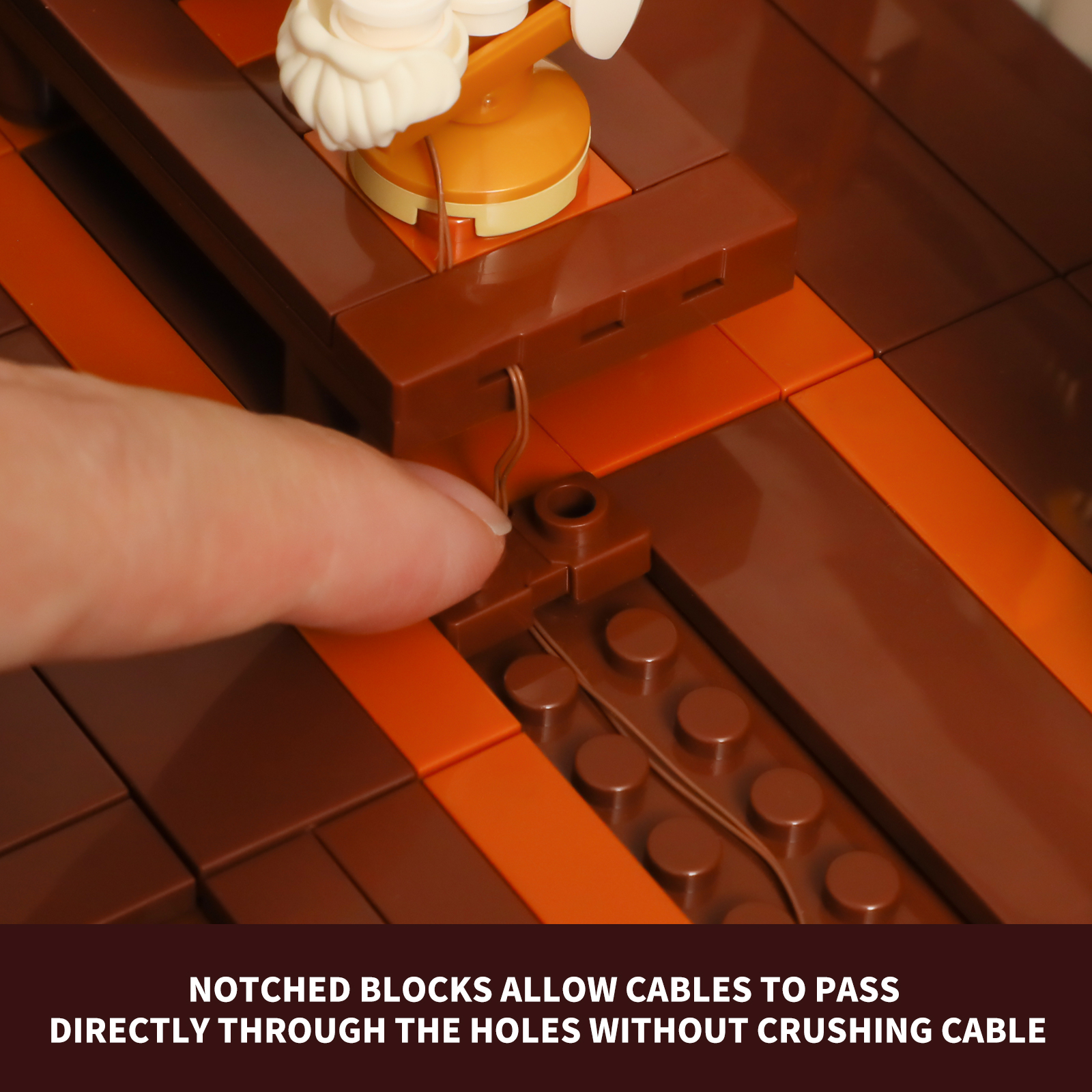


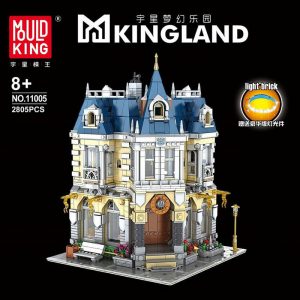

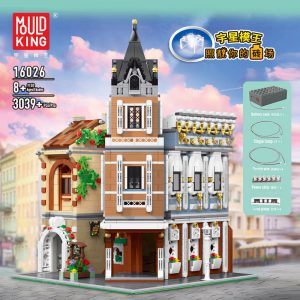
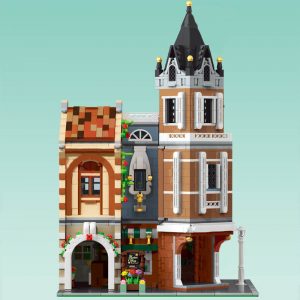
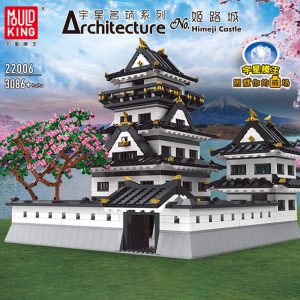
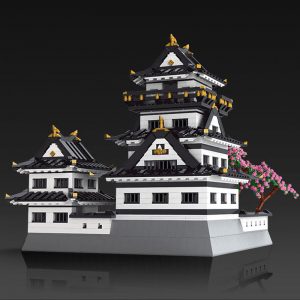
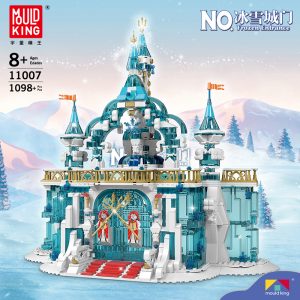

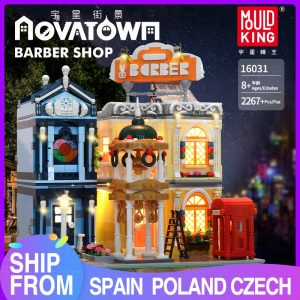

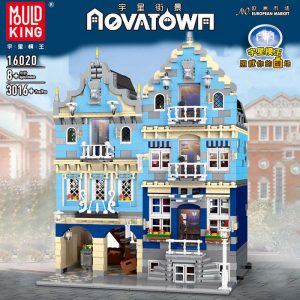
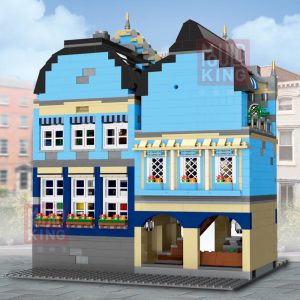
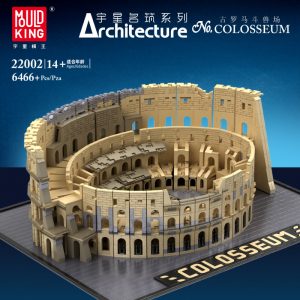
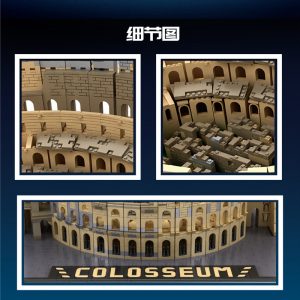
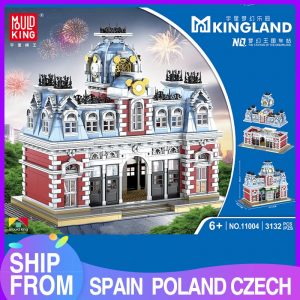

Reviews
There are no reviews yet.